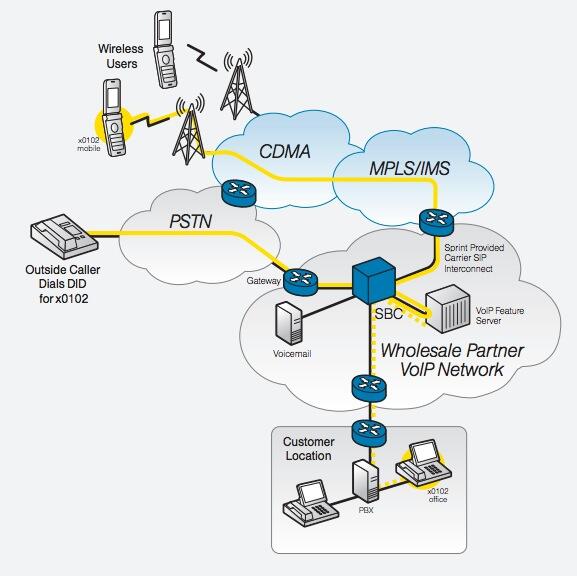Top 3 Asterisk Security Tips for 2014: WhiteLists, WhiteLists, and WhiteLists
We’ve devoted a lot of energy to Asterisk security over the years with our Primer on Avoiding the $100,000 Phone Bill and our 20 Failsafe Tips and our SIP Navigation Guide plus numerous tutorials on deployment of Virtual Private Networks to secure your servers and phones including NeoRouter, PPTP, and Easy OpenVPN among others. But, when it comes to ease of installation and use with rock-solid security, nothing comes close to deployment of WhiteLists with the IPtables Linux firewall that’s… Read More ›



